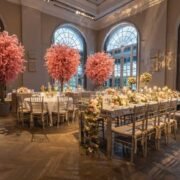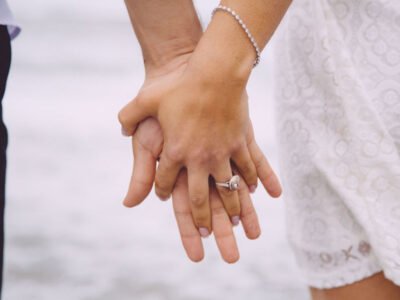The term “midcentury modern” has become a buzzword in interior design. It is often used to describe elegant, simple, and minimalistic designs that were popular in the post-World War II period. So what do you need to know about the midcentury modern style?
The History
The midcentury modern style came into vogue after the second world war. People were newly affluent, and designers created signature pieces for the trending style. The style started in 1933 when designers started creating furniture with clean lines that do not focus merely on aesthetics but also on functionality and efficiency.
The iconic designs and distinct colours of the midcentury modern started to lose popularity as the midcentury turned into the late century. It wasn’t until 1983 that Cara Greenbag coined the term “midcentury modern. She used the word to describe the furniture pieces of the mid-20th century and wrote a book on the subject the following year.
Titled “Midcentury Modern: Furniture of the 1950s,” the term quickly became popular in the design world and the mainstream. Major designers associated with the midcentury modern style include Eero Saarinen, Charles Eames, Isamu Noguchi and Harry Bertoia.
Recent Popularity
Since interest reawakened in the midcentury modern style during the 1980s when Greenberg’s book was written, it never waned. People started to demand more of the sleek chairs and round dining tables. The interest has been sustained till today, when you can still see signature pieces from the period in contemporary homes.
The resilient popularity of the midcentury modern style is evident in how designers use it as a keyword to drive the popularity of their products. If you type midcentury modern into an interior designer’s catalogue, you will see many products. Some may follow the edgy style, but others will not bear any similarities. Many original pieces from the midcentury now sell for huge amounts in auctions.
The Materials
The midcentury modern style was dominated by malleable materials like plywood, steel, aluminium, plastic, foam and fibreglass. Due to the malleability of these materials, designers like Eero Saarinen were able to create signature pieces like the tulip chair, ball chair and the infamous round dining table.
Many people see teak wood as the main material of midcentury modern furniture. However, the designers used steel and other wood types to create distinctive works. They didn’t bother to cover up the plywoods or steel rods with fabrics. Instead, the style was in showing off the original material.

Image Via: 1825 Interiors
The Colours
Mid-century modern designers often played with colours. Earthy tones were popular but not more bright and bold colours like orange. Unfortunately, many believe the midcentury modern is all about pastel hues and neutral colours.
If you learned about the midcentury modern period from the movie mad men, you would realise that the orange accent chairs were made to stand out wherever they were placed. This is the same reason blue, green and red also found favour in a trend attributed to pastel and grey hues.
Conclusion
The midcentury modern style has survived for over five decades. The eccentric pieces from the period are still in demand, and designers use them as accent pieces in home and office settings. They are best used as accent pieces in a set.












